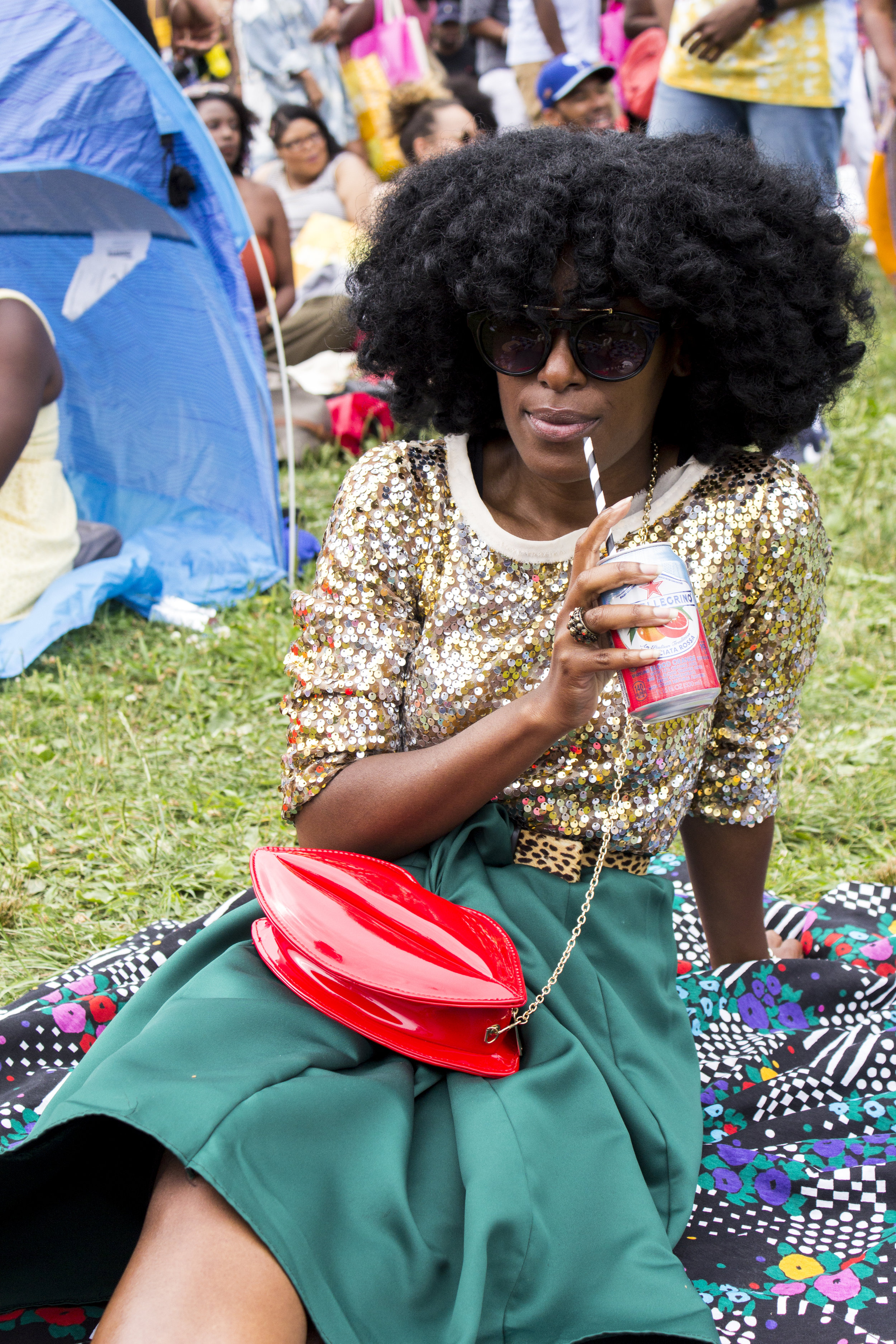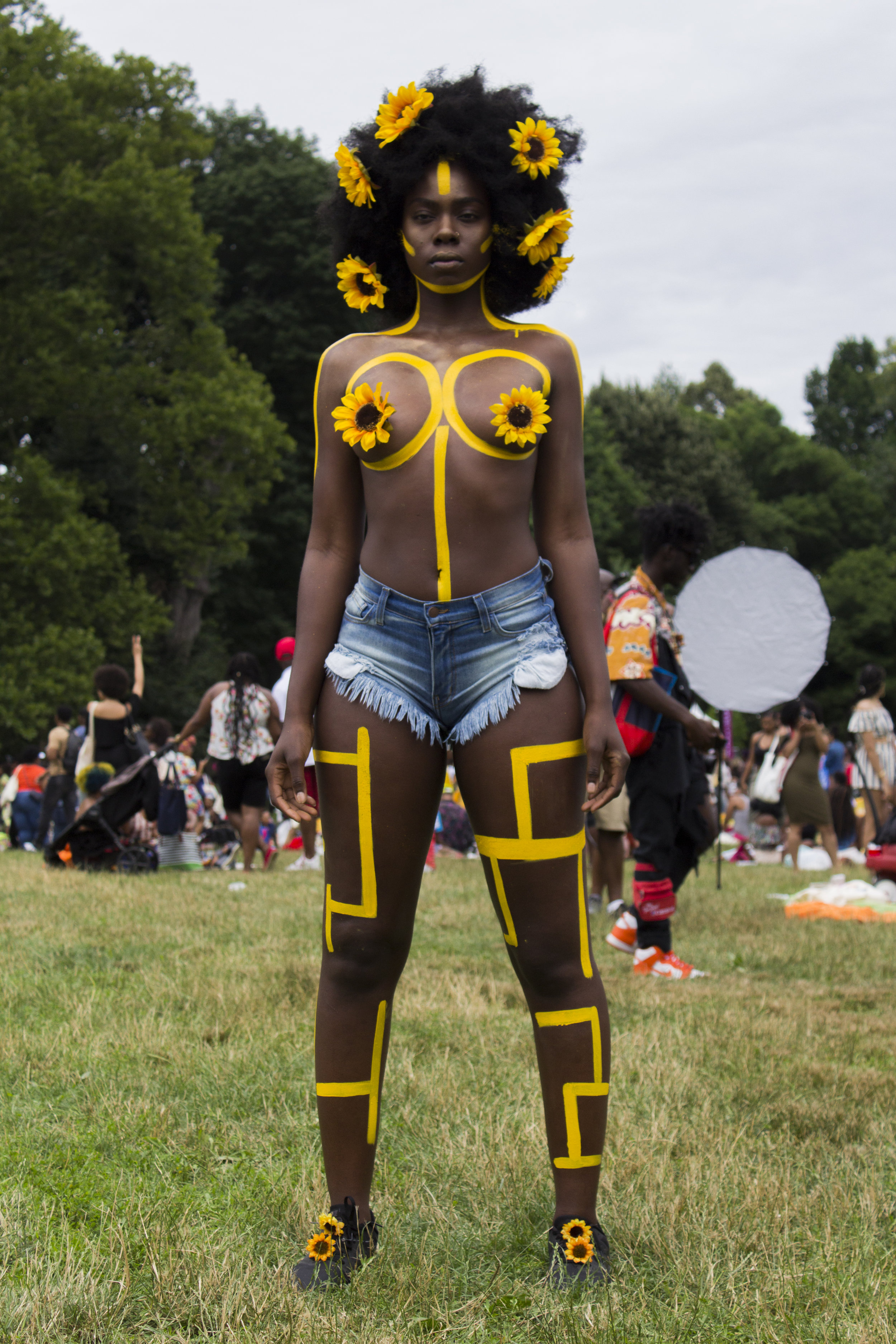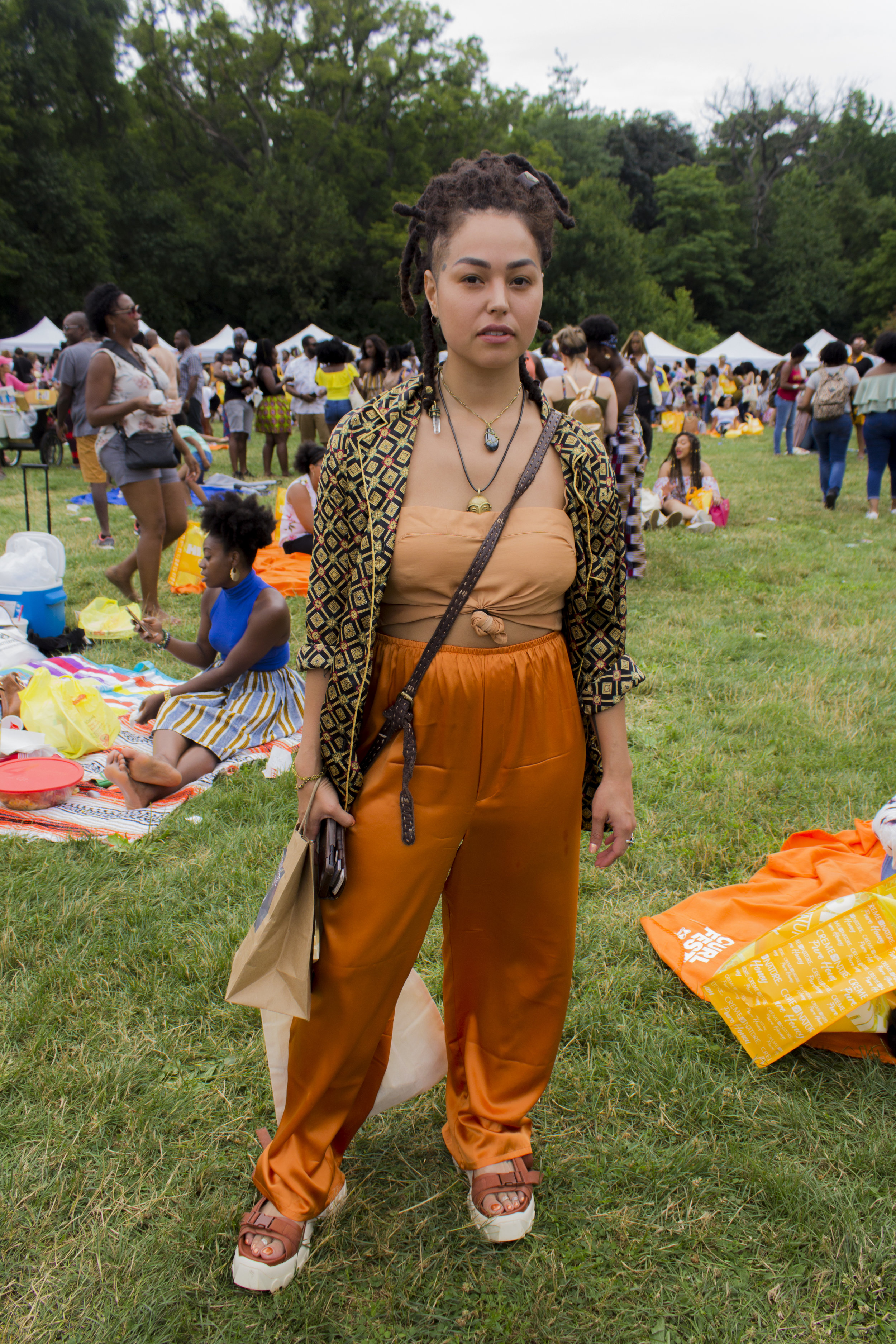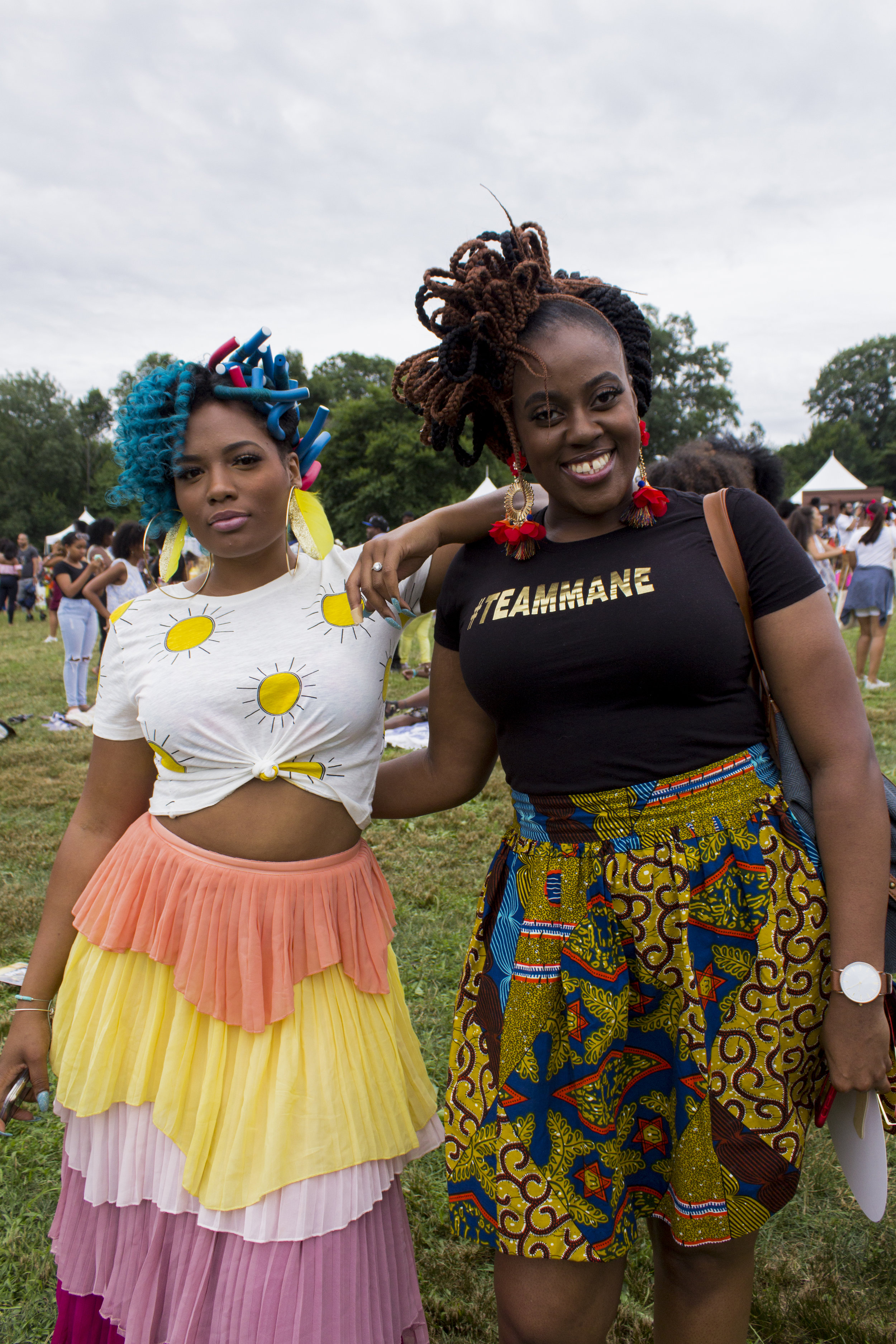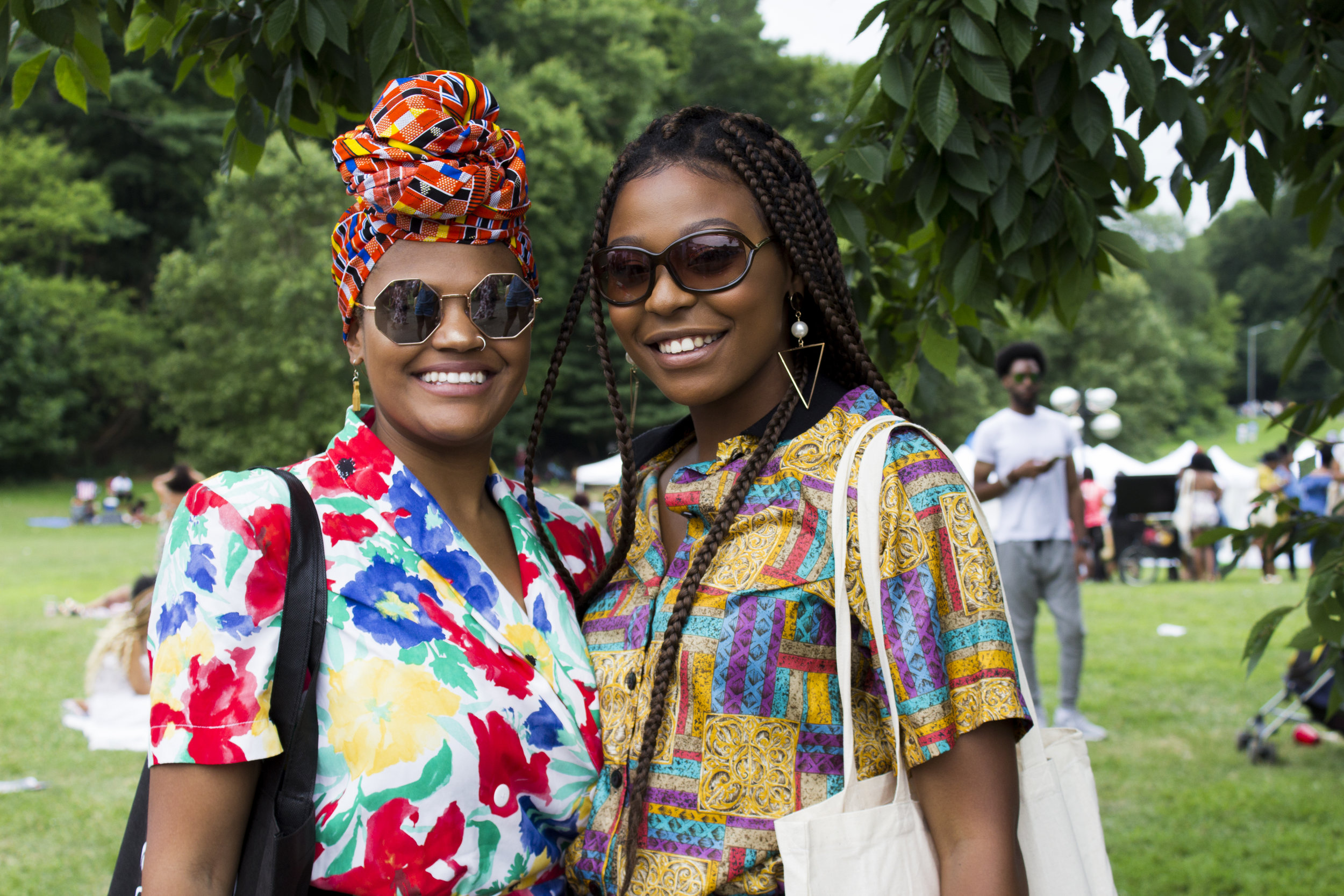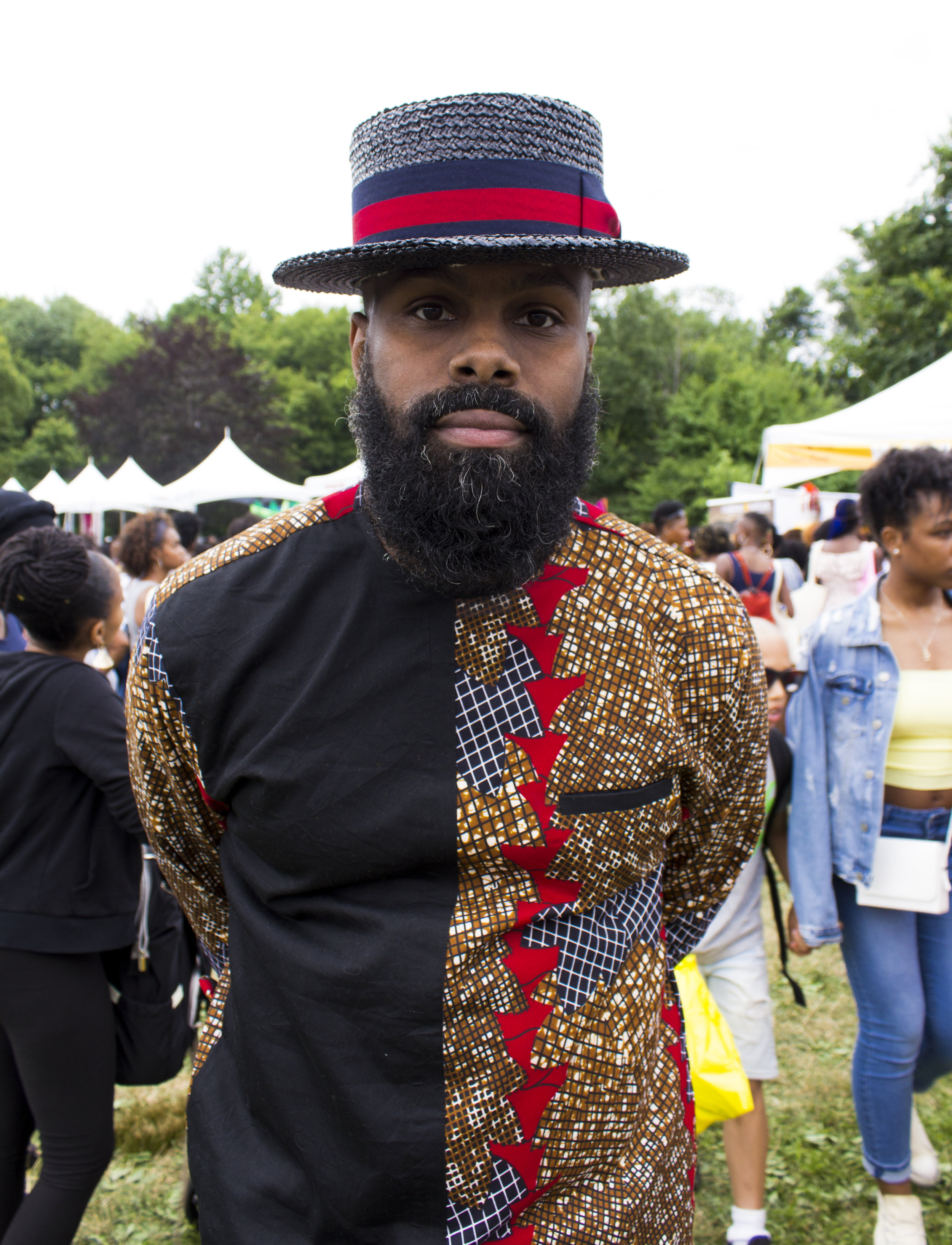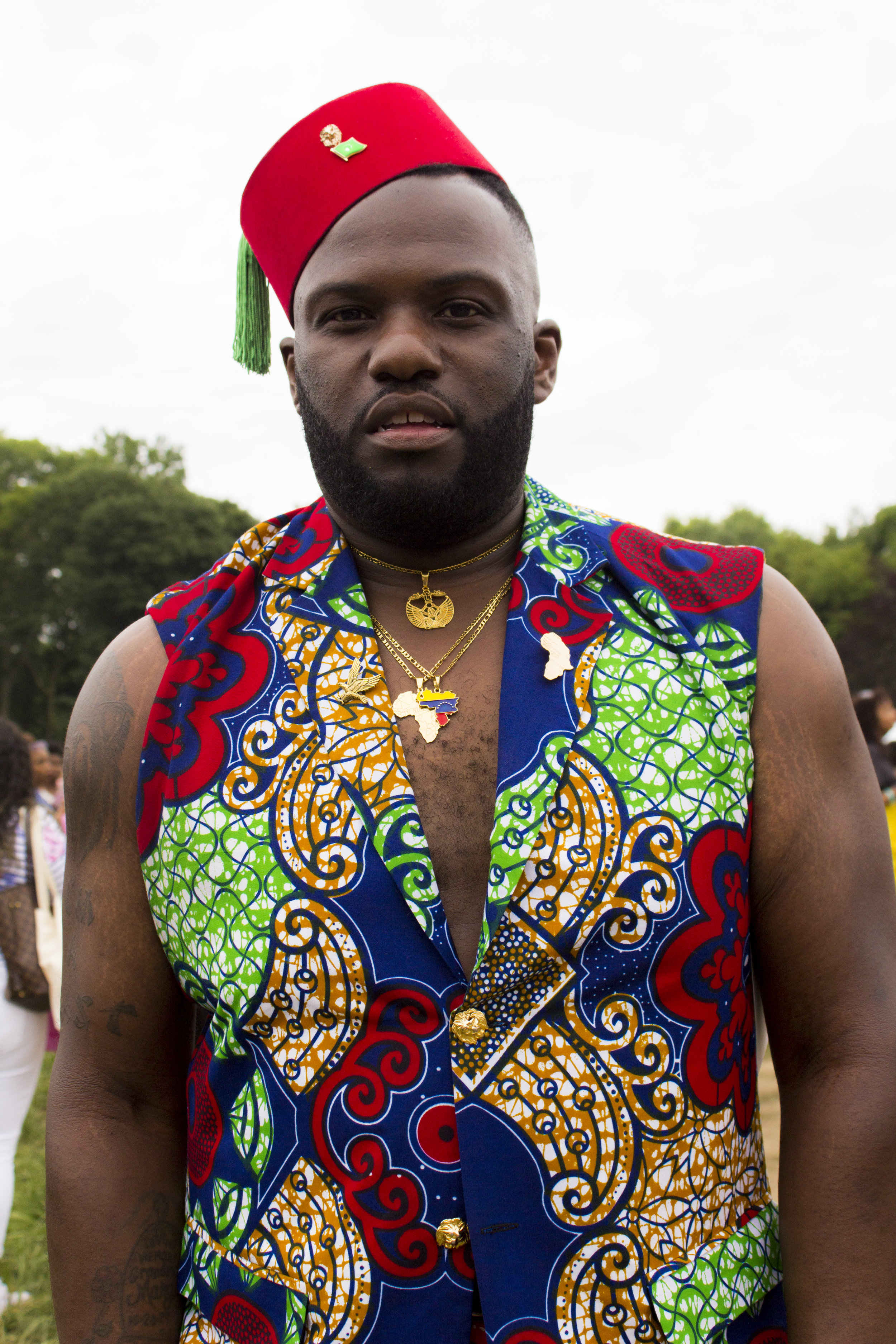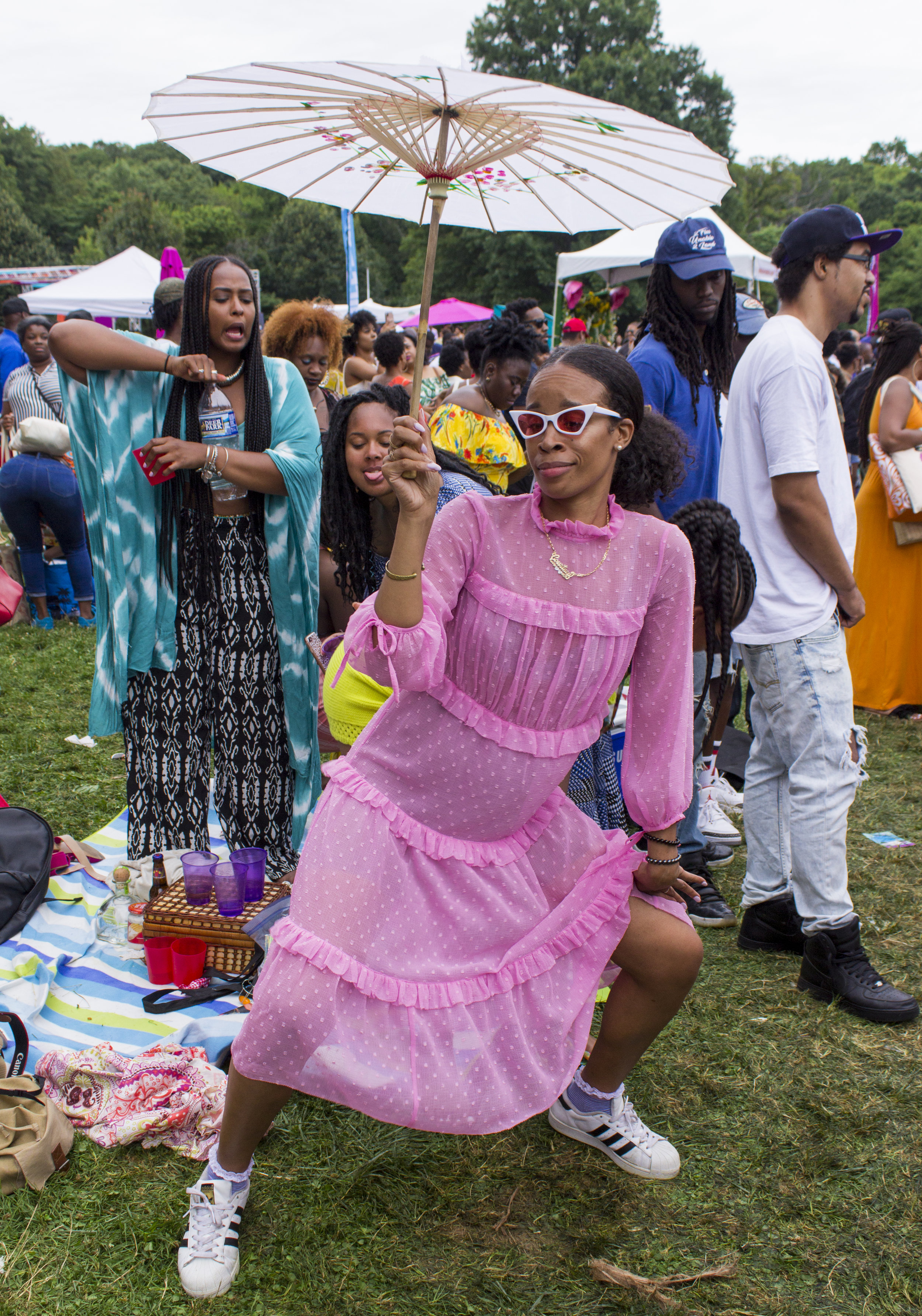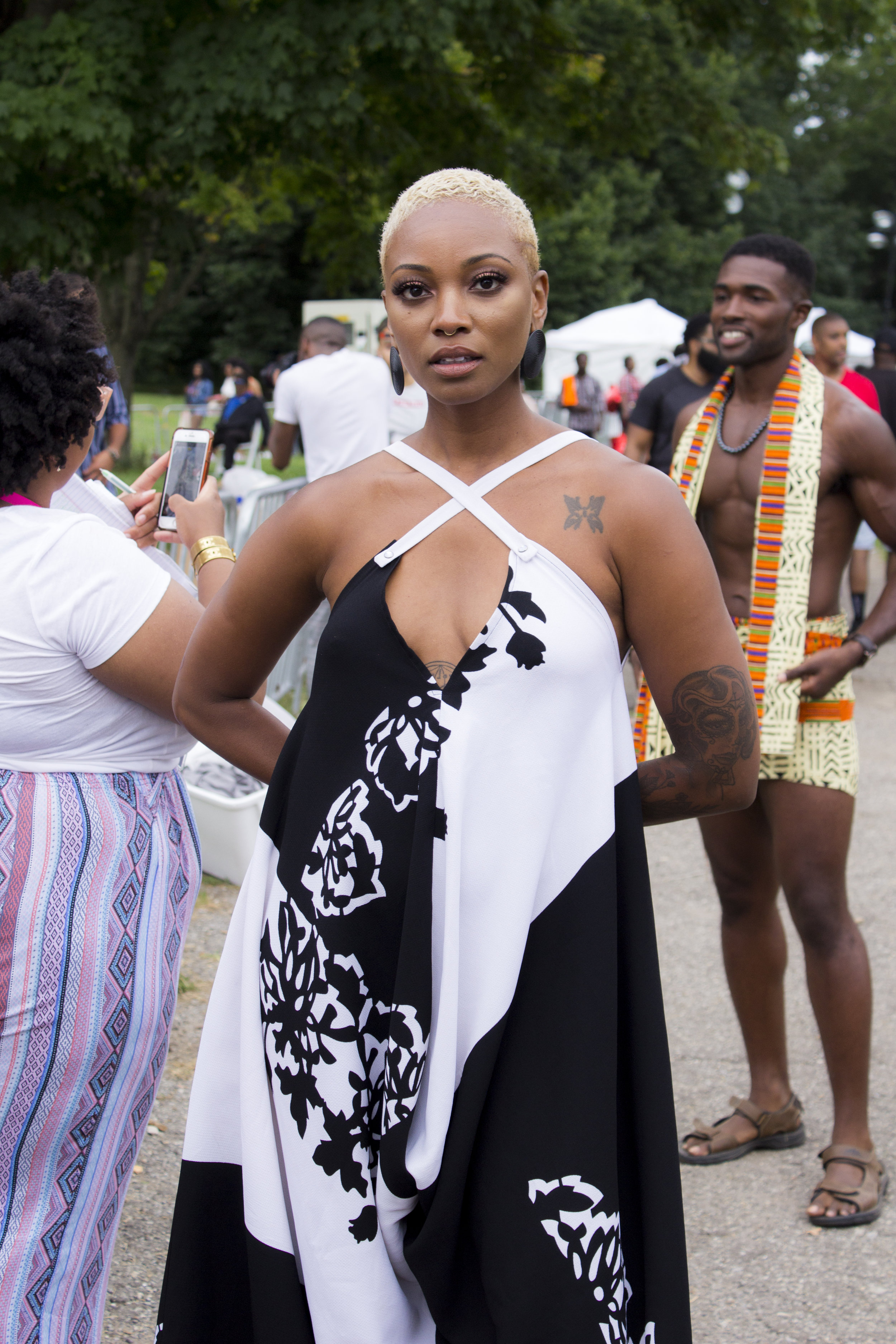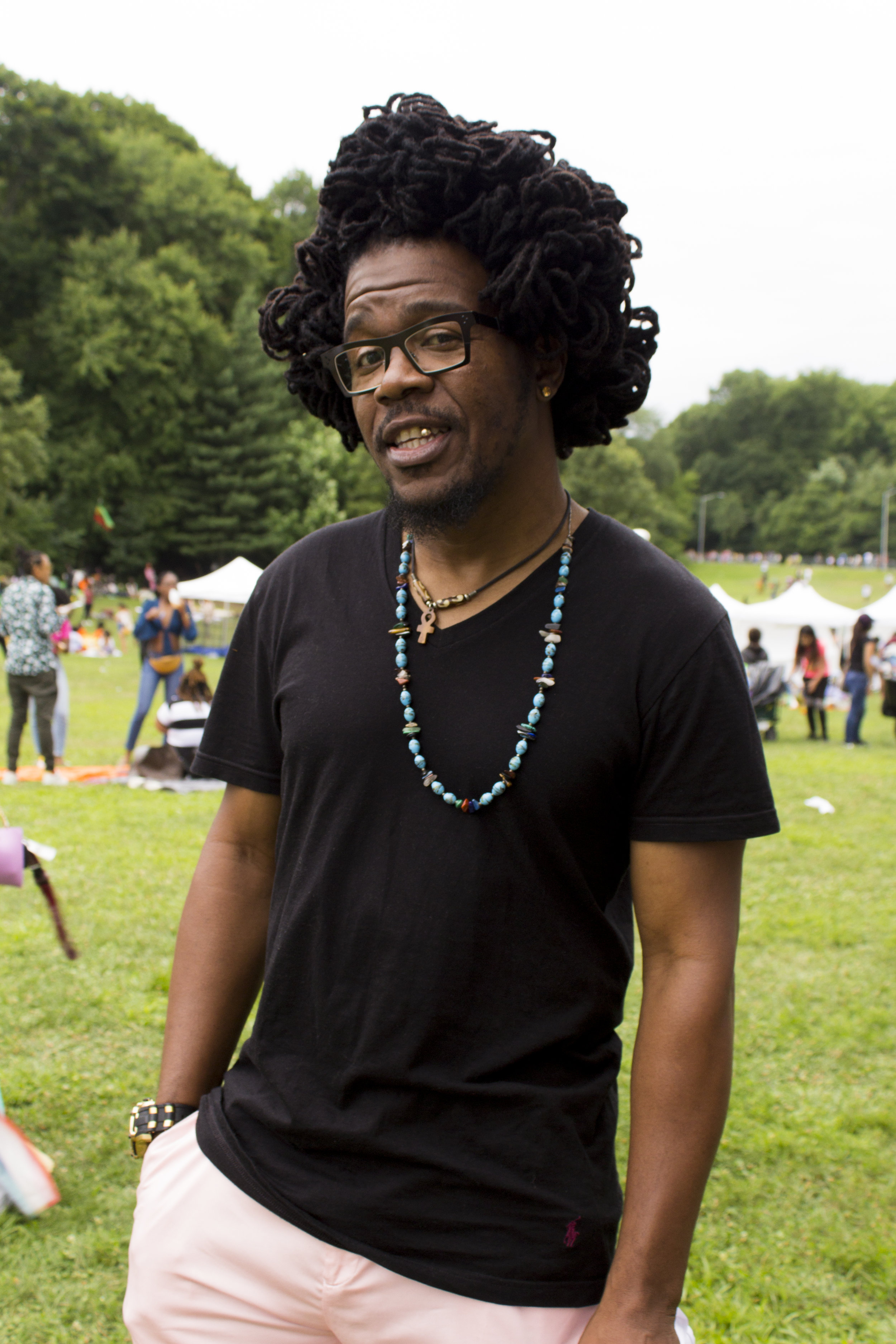Co-Written by: Tabie Germain, Jade Grant, and Renno Jeon
It’s 2016 and it’s basically safe to say that society has somewhat accepted homosexuality, at least on television. In most television shows, there is at least one gay or lesbian character.
Whether it be Cyrus Beene on ABC’s “Scandal,” or Piper Chapman in the Netflix original “Orange is the New Black,” the LGBT community is on the rise in the media.
Recently, however, an unfamiliar face of the LGBT community has been receiving some media spotlight as well: transgender people.
In 2013, character Sophia Burset was introduced to “Orange is the New Black,” played by actress Laverne Cox. Not only is Cox’s character transgender, but so is she.
Earlier this year Amazon’s “Transparent,” which focuses on a family with a transgender father, won the Golden Globe for best comedy series. Not to mention, the media hype surrounding the newly transitioning Caitlyn Jenner.
Still, it leaves one to wonder, has society really accepted the LGBT community as a whole or does status play a part in the acceptance of this taboo lifestyle? Is being gay, bi or lesbian acceptable and transgender not? Is it as black and white as television makes it out to be? One thing is for sure, despite the uprising of transgender figures in media, society has yet to fully understand transgenderism.
According to Merriam-Webster dictionary, someone who is transgender “is a person who identifies with or expresses a gender identity that differs from the one which corresponds to the person’s sex at birth.”
However, for some, it’s more than a quick glance at one’s genitalia. While one may feel that they were born in the wrong body, another may just want to make a few adjustments.
“Basically, for other people, they were born in the wrong body. But for me, it was more like the body that I had needed improvement,” said 30-year-old Frankie Girard, a transgender woman who identifies as a lesbian.
“For me, I felt different as a kid in middle school, especially through puberty. I hated my deep voice,” she added.
Girard never wanted to go the full extent of transforming. For her, it was more so about little changes she could make to feel happier about her body.
“Then I started doing drag. I was so comfortable in women’s clothing and wearing makeup. I felt more in tune with myself,” she said.
Girard opted not to do any surgery during her transition.
“I like what I see in the mirror and my partner likes what she sees,” she said.
In contrast, Alicia Mar, another transgender woman, felt as though the surgeries were necessary because it was gender affirming.
“I was one of those people when I was four or five, dressing up in my sister’s clothes, wishing that I was a girl, playing doctor with the neighbor’s kids and saying, ‘Hey, that’s what I should’ve had. Why can’t I get what you have?’ And she goes, ‘Maybe I’ll rub some dirt on it and maybe it’ll fall off and you can have what I have.’ But it just took like 40 years for that to happen.”
After 40 years of feeling incomplete, Mar finally became the person she wanted to be. That also meant coming out to friends, family, work and her wife.
“I was in a public relationship for about 25 years with a woman, and when I told everyone that I wanted to transition my family said, ‘We knew you wanted to transition but you just didn’t want to hurt anyone.’ The relationship ended when I came out… a 25-year relationship.”
Although the marital relationship ended, Mar and her wife’s friendship remained intact.
“She just didn’t want to lose the person she loved, she didn’t want to be with a woman, but we’re still friends,” said Mar.
Meanwhile, Girard’s transition came full circle after the passing of her father.
“My father ran the house with an iron fist so after his passing I felt more comfortable to transition completely. However, my mother’s OK with it.”
Girard is currently in a relationship with a woman who accepts her as is.
Still, society has its misconceptions. Media plays a big part in teaching us what transgenderism is, but is it doing it correctly? We are given these figures and are told that this is what transgender people look like. However, not all transgender people have a stylist crew made up of 20 some odd people touching up their make up here and there. Nor do they grace the cover of Vogue magazine.
Media has come a long way with what it portrays on television. As times have changed, so has television in its efforts to keep up. However, some members of the LGBT community are still hesitant to give it an “A” for effort.
“Media is slowly getting there but not quite yet. In my opinion, from what I’ve seen and heard, Caitlyn Jenner is not a good role model when it comes to the LGBT community; she’s confusing,” said Girard.
Jenner appeared on “The Ellen DeGeneres Show,” making some comments about gay marriage that upset the famous talk show host. Claiming that she didn’t agree with gay marriage, which came as a shock, the idea that someone who transitioned into a different gender didn’t agree with gay marriage.
Nonetheless, Girard states that being transgender should not be mistaken for sexual preference.
“I’ve always liked women,” she said.
Though Girard’s preferences haven’t changed, society’s has. It has created a distinct line between tolerance and acceptance.
“I feel there’s a difference between being accepted and being tolerated. Acceptance is social inclusion, acceptance is being treated the same, and tolerated is, you’re just there and you won’t get your ass kicked but you’re not really included,” said Mar.
“I feel like there’s a lot more toleration than acceptance when it comes to transgender people,” she added.
It can be said that although media has made some efforts to include people of all genders, there is still a lot more to be learned and understood.

